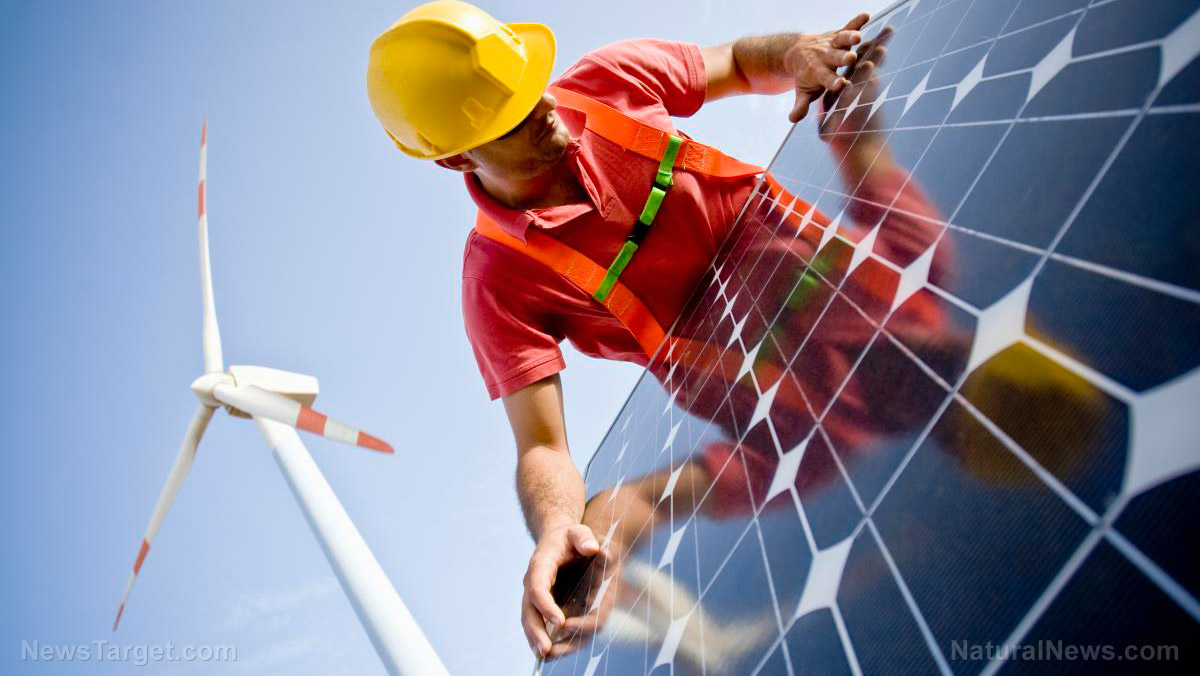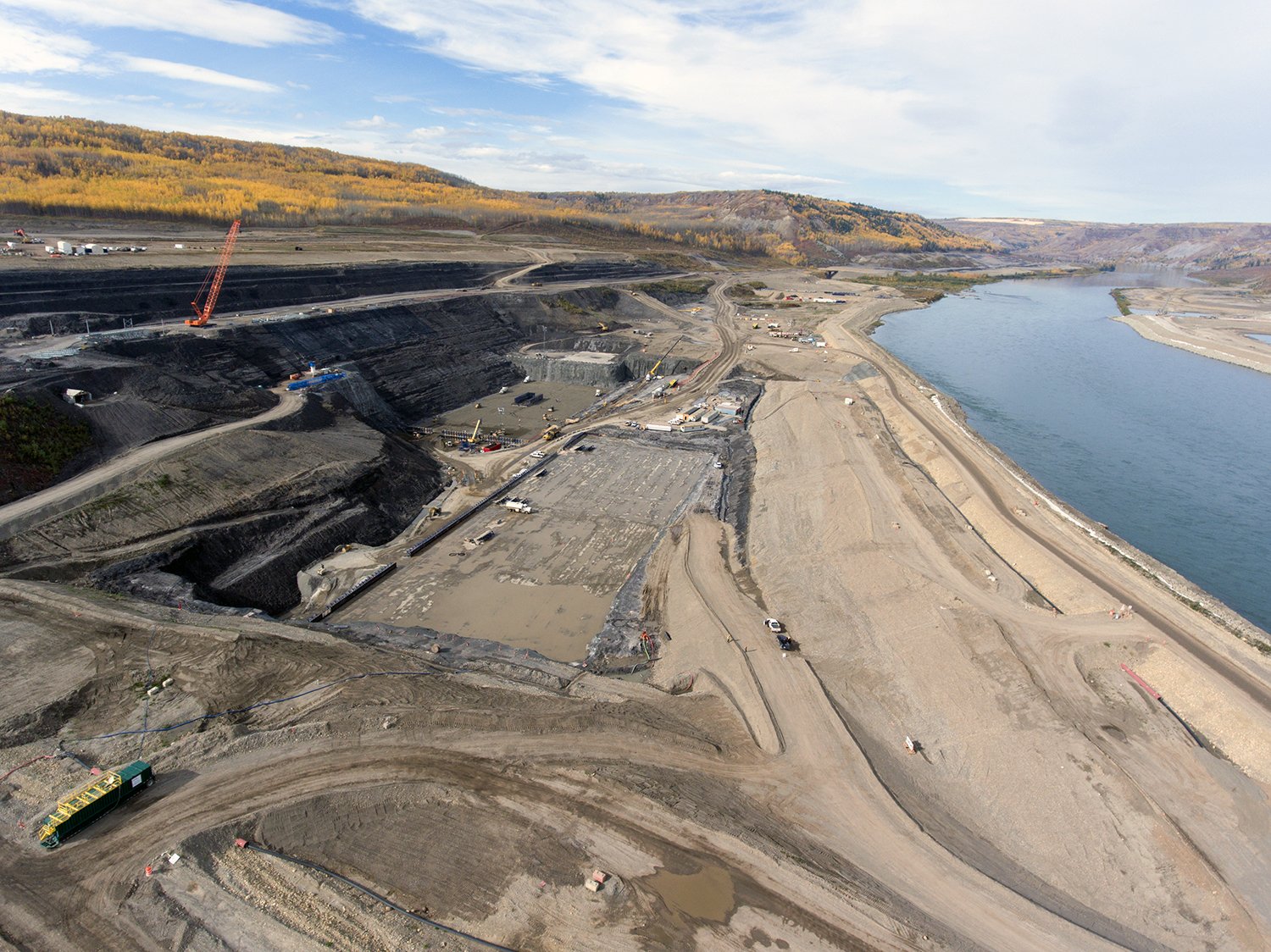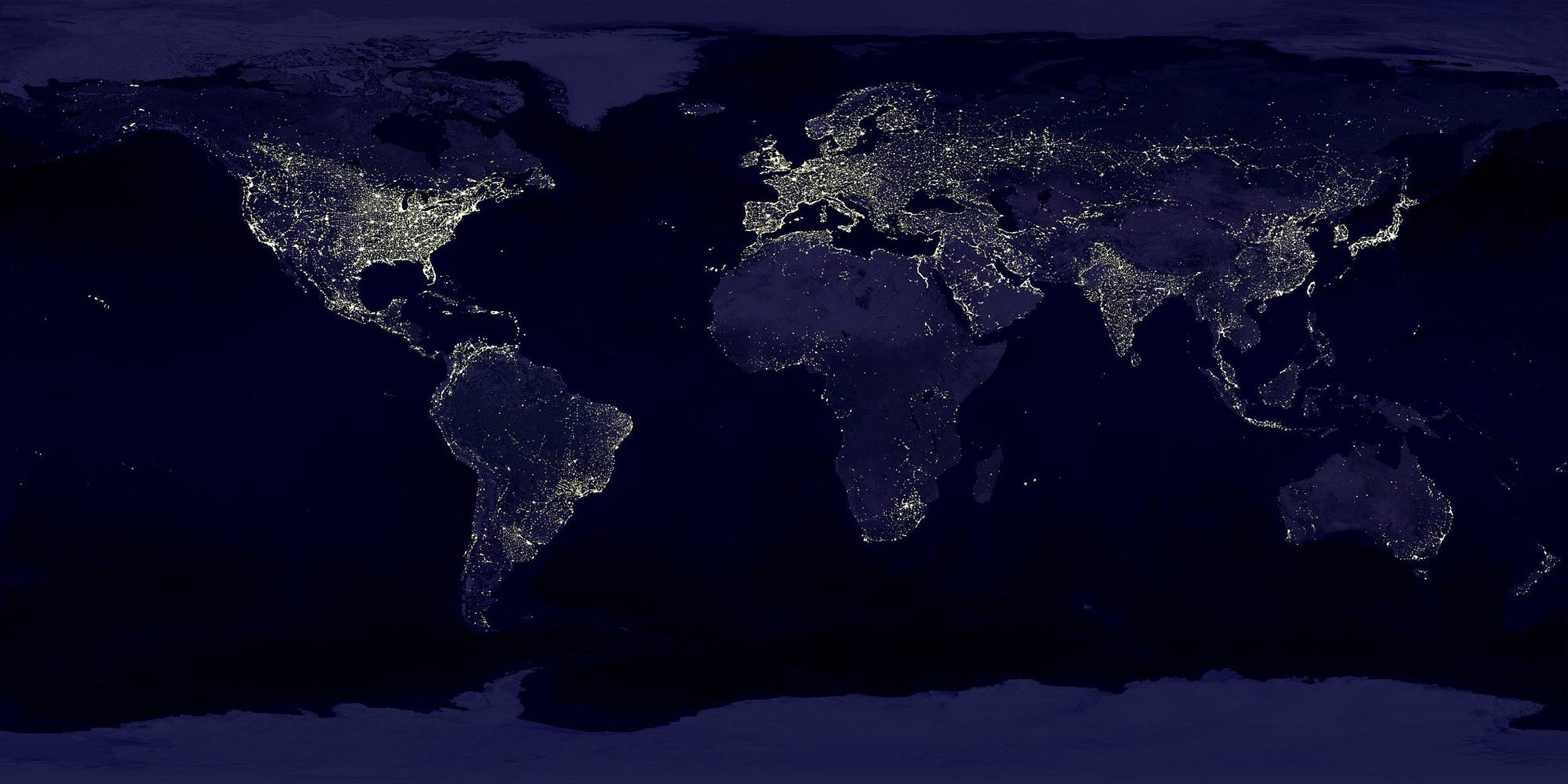Justin Trudeau’s imminent green gamble, casting the dice with long odds against rolling lucky eleven, is a risky move.
On Sept. 23, Trudeau will put his government, and his legacy, on the line with a throne speech. It faces a confidence vote. If the Liberals should lose that vote, the government would fall.
Then Canadians would be plunged into their first national campaign held during a pandemic, left to scratch their heads over myriad questions.
Who would the citizenry blame for sending them to the polls with COVID-19 still very much on the prowl?
How would newly minted CPC leader Erin O’Toole, a Harper retread, have a chance of winning? It doesn’t help that the convention that crowned him on national television looked like it was run by Curly, Larry, and Moe. Then there was that disingenuous victory handshake with Peter MacKay, the leadership rival O’Toole asked the RCMP to investigate as a thief. Worst of all, O’Toole is the invisible man of politics. Most voters wouldn’t recognize the new CPC leader if he were standing beside them at the bus-stop wearing an Erin O’Toole t-shirt.
Despite denials from party stalwarts, the NDP don’t have enough chips to even sit at the high-stakes poker table of a national election. How could Jagmeet Singh be competitive if the party can’t afford to lease a plane for their national leader, as was the case in 2019?
In that election, the NDP plunged from 44 seats in 2015 to a mere 24 in 2019, making them the fourth party in parliament behind the Liberals, Conservatives, and Bloc Québécois.
…click on the above link to read the rest of the article…











 The UK government’s just-published
The UK government’s just-published 


